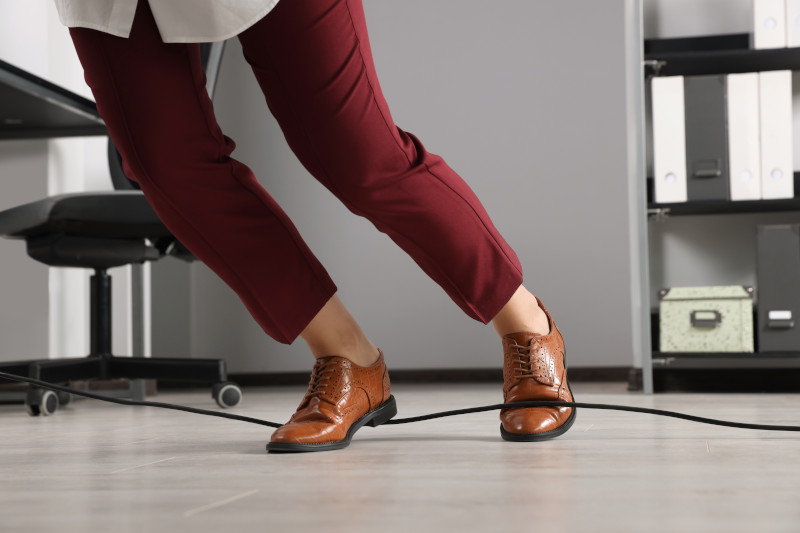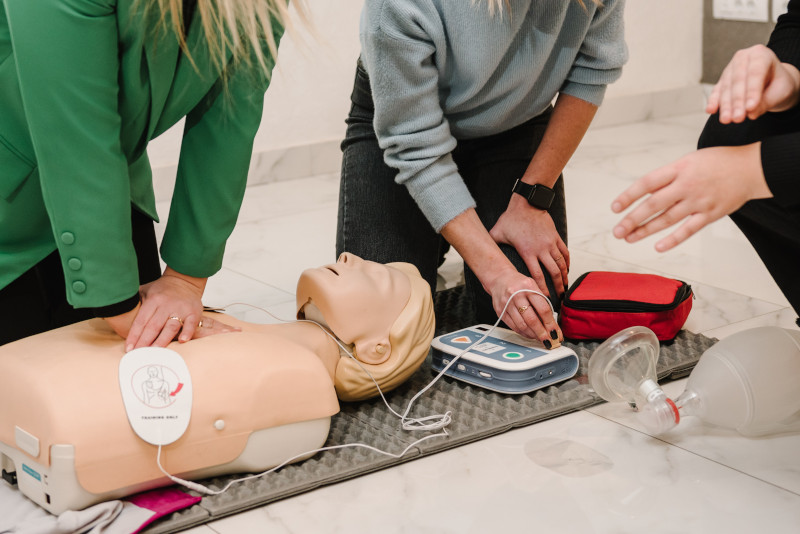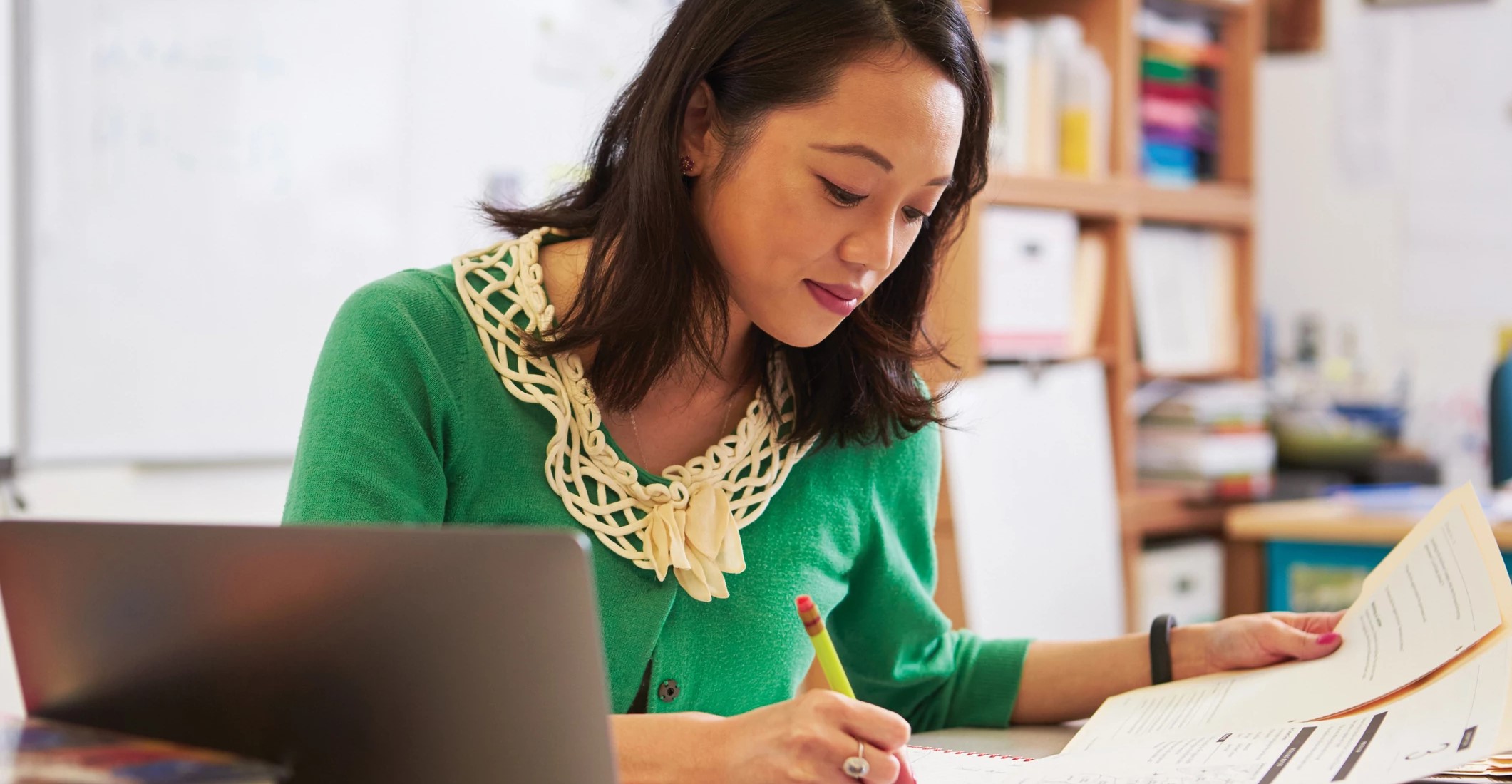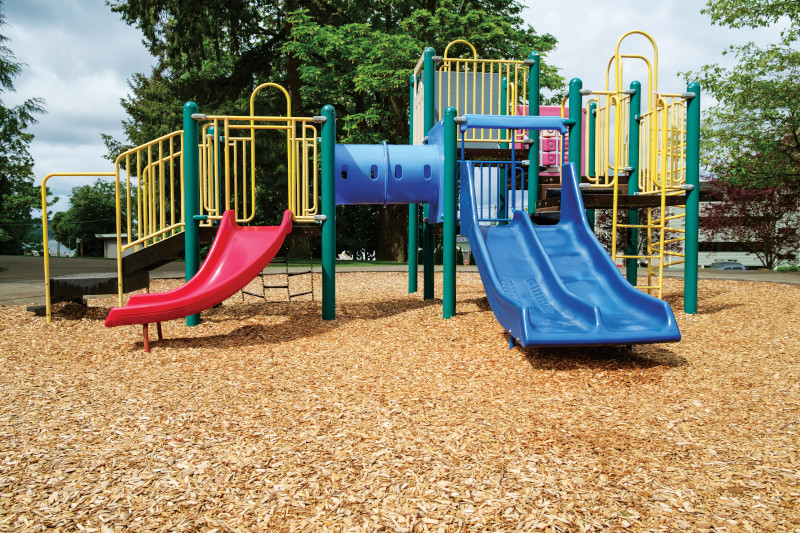Keep your employees safe from falls

All it takes is a small puddle of water, a frayed rug, or a cord on a walking surface to cause a fall that could cost your school organization thousands of dollars in damages from a lawsuit. Slip, trip and fall injuries are among the most frequently occurring incident trends in and around school buildings.
On the other hand, most of these hazards can be avoided by simply changing your practices. Sept. 22 is not only the first day of fall, but also Falls Prevention Awareness Day, making this a good time to assess whether you’re doing enough to prevent these common incidents. Here are some steps you can take:
- Require appropriate footwear. Encourage employees to choose footwear with tread suitable for anticipated tasks and environmental conditions. During a rain, ice or snow event, they should be wearing footwear with an aggressive tread in the parking lot and whenever going outside the building.
- Keep track of your cords. Contract with a licensed electrician to establish permanent solutions so extension cords are used only for temporary power. Modify room layout to prevent cords in foot traffic areas.
- Develop a system for reporting hazards and near-misses. How many times has someone come into a school, nearly tripped on a loose rug, commented on it to their companion, and then not done anything about it? Near-misses are opportunities to right a wrong, and it should be easy and convenient for anyone to make a report. Develop a culture at your school that encourages staff members to tell someone when they notice a dangerous practice or temporary hazard, such as water in a doorway or ice on a sidewalk.
- Communicate the location of ladders and stepstools. Too often, staff members are in a hurry and choose to use inappropriate devices – such as a chair, table or even a countertop – in lieu of a ladder or stepstool. Regularly communicate to staff members where they can find these tools, and then establish a routine of regularly inspecting them. The only thing less useful than a hidden ladder is a defective one.
- Maintain proper lighting. When people can’t see where they are going, they are more likely to trip and hurt themselves. Periodically check walkways outside to ensure they are adequately illuminated. Indoors, the most dangerous areas are stairs and doorways. Conduct regular inspections to check for burned-out bulbs.
- Schedule routine hazard inspections of your walkways and parking lot. Develop checklists of potential hazards and assign an employee to regularly walk around your building looking for those hazards.
- Conduct incident investigations. Such investigations should take place after both incidents and near-misses. The incident investigation form should record the employee’s or visitor’s footwear tread type (smooth leather sole, rubber sole, aggressive tread, heeled, slip-resistant, etc.). The purpose is to identify if a particular type of footwear tread is associated with the recurrence of slip, trip or fall incidents on walking surfaces throughout your facilities.
By staying vigilant and following these safety tips, you can significantly reduce the risk of trips, slips and falls in and out of school buildings. Remember, safety is a shared responsibility. Let’s all do our part to keep our environment safe and accident-free!
Check out these additional resources that outline ways to keep your students, staff and visitors safe.




